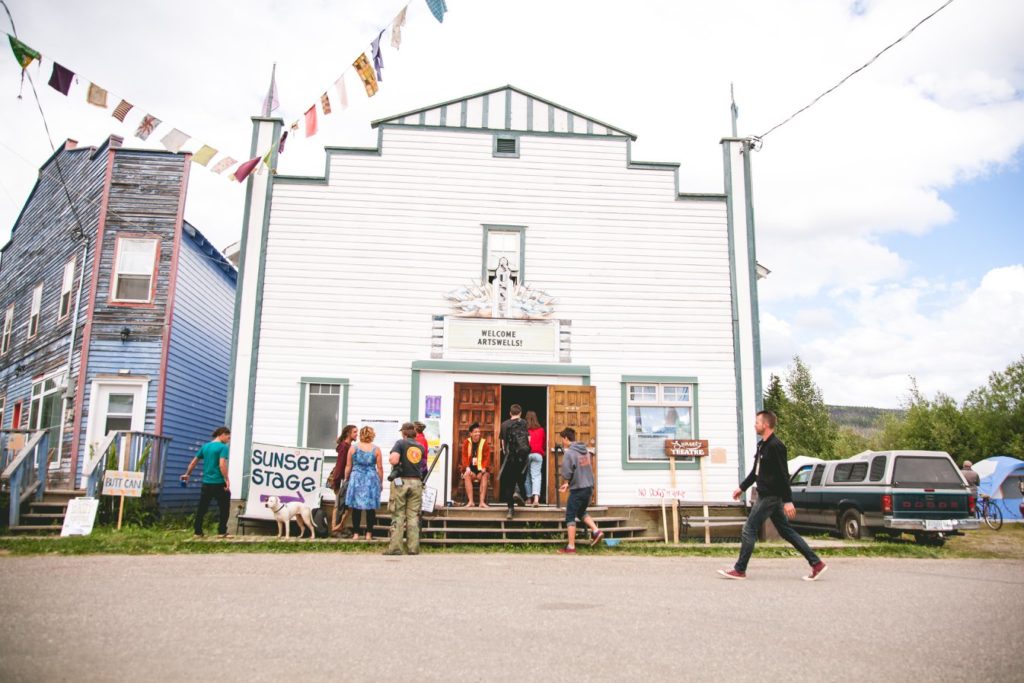BC’s lead agency for arts funding released a new direction yesterday—and a renewed focus on Indigenous and regional arts, as well as equity, is central to it. The freshly printed BC Arts Council strategic plan, titled New Foundations and focusing on the next five years, names four key objectives: “improving sustainability and creative development; enhancing engagement with Indigenous arts and culture; increasing equity, diversity and access; and expanding regional arts and community arts.”
“The plan is a result of a comprehensive series of consultations conducted over three years with artists, cultural organizations, Indigenous communities and representatives from across the province,” said Tourism, Arts and Culture Minister Lisa Beare in an emailed statement. The plan was launched with a press conference at Polygon Gallery in North Vancouver.
BC has the highest number of working artists per capita in Canada, says the new strategic plan. And given that the provincial government’s 2018 budget promised an additional $15 million in funding to the BC Arts Council over the next three years, this strategic plan and its objectives set the broad prospectus for spending that new money. This year already, the council awarded $29 million in grants to BC artists and organizations.
An advocacy organization representing more than 400 BC arts organizations and individuals is pleased with New Foundations. “The plan is good news for us,” says Brenda Leadlay, executive director of the BC Alliance for Arts and Culture. “We created an arts advocacy campaign for the BC provincial election last year and this hits a lot of the same points we recommended in terms of where the money needed to go.”
Leadlay says the decolonization focus of the plan is crucial. New Foundations notes that “there are 203 distinct First Nations living in BC, speaking over half of the Indigenous languages in Canada.” This reality dovetails with a desire confront the council’s longtime rootedness in colonial traditions.
“The BC Arts Council, alongside other long-standing arts and cultural organizations in the province, was founded on a European model of artistic excellence,” reads the strategic plan. “We recognize that many of our practices and standards are colonial in nature, biased toward certain definitions of arts and culture. We are ready to seize the opportunity to increase the accessibility of our programs, decolonize our approach to arts funding and work to achieve greater equity in supporting arts and culture in BC.”
Leadlay also explains that the support for regional arts is essential to maintaining arts funding overall in BC. “One of the challenges we face—and that all provinces face—is MLAs or MPPs have difficulty supporting requests for arts funding when they see it all landing in the big cities and big centres,” Leadlay says. “For the MLAs to get on board with an increase to arts funding, it is really important that they can see the effects of it in different regions of the province.”
Prince George, Fort St. John and the small town of Wells—population 217, and home to the increasingly popular ArtsWells Festival—are all places where more arts and culture activity is taking hold. “We know there is a lot of creative economy stuff happening outside of urban centres,” Leadlay says. “And with the cost of housing in Vancouver, we anticipate more artists will be moving out of the city into smaller towns and centres.”

 The town of Wells has just 217 people, but it also hosts a large annual festival called ArtsWells. The new strategic plan for the BC Arts Council recognizes increasing art activities happening outside of urban centres and traditional institutions. Photo: Nelson Mouëllic via ArtsWells Facebook page.
The town of Wells has just 217 people, but it also hosts a large annual festival called ArtsWells. The new strategic plan for the BC Arts Council recognizes increasing art activities happening outside of urban centres and traditional institutions. Photo: Nelson Mouëllic via ArtsWells Facebook page.




